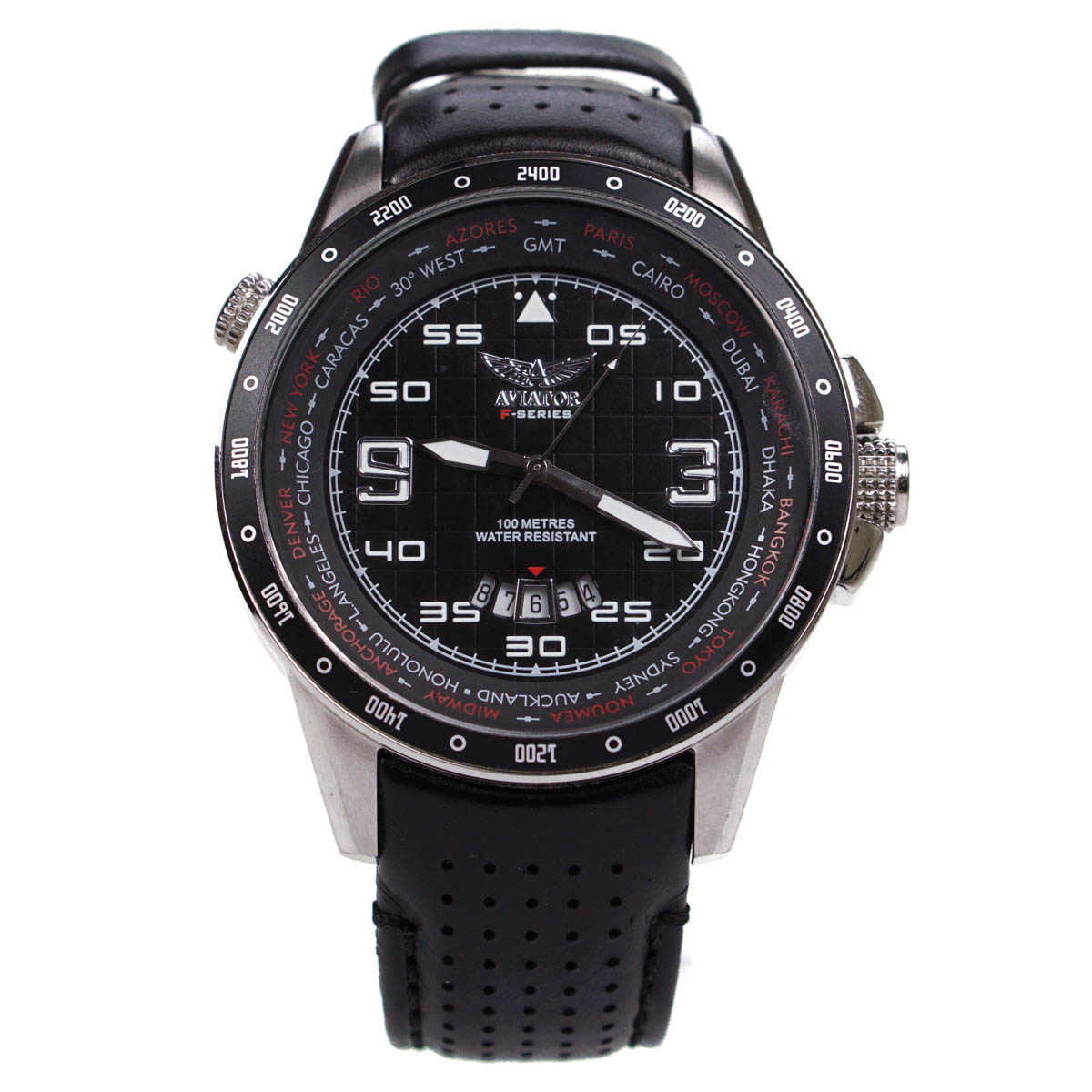

One of the major practical changes seen in today’s pilot watches is in its size. Legibility, functionality of the slide rule, the quality of the material are just as important now as they were then,” Sayler explains. “When we design a new watch like the Breitling Aviator 8 mosquito we do it as if it was a watch for the pilot from the 1930s or the 50s. Its black dial has contrasting silver sub-dials. Navitimier and slide rule are as functional as they were when we launched it in 1952,” Sayler adds.Īviator 8 Mosquito is a stunning pilot’s watch with a 43-mm stainless-steel case and a black satin-brushed ADLC (amorphous diamond-like carbon) -coated stainless-steel bezel with a practical red pointer, indexes and Arabic numerals. Nevertheless, when we do a pilot’s watch, we design it to be functional and to work for a pilot as if he didn’t have all these computers around him. It is now a luxury object that is much more about values, ideas, history and what it represents. The Swiss watch has taken a totally different role. Today, pilots are surrounded by computers. Other instruments do the job much better. “About 100 or even 50 years ago watches were used for calculations - for timing race and other time measurement operations. But how relevant are they in the age of computers? “Even now, if you go on any airline, you will see Breilting’s watches because of the aviation history associated with the brand,” says Tim Sayler, chief marketing officer, Breitling, at the launch last year in September of the Aviator 8 Mosquito watch in Dubai.Īfter several advancements in the chronograph wrist watch, Breitling built the iconic Breitling Navitimer watch, a portmanteau of the words navigation and timer, equipped with the flight-specific side rule function (for pilot-appropriate calculations).īreitling continues to launch new models for aviators with similar functions. Swiss watchmaker Willy Breitling saw the need for a reset button to complete the chronograph function and soon filed a patent for the world’s first wrist chronograph with two pusher buttons. Until 1934, chronograph wristwatches had a single button that would only stop and start the chronograph function.

Watch brands Hamilton, IWC, Bulova and Breitling and many others started creating timepieces designed specifically for aviation.Ĭhronographs evolved over time, too. A slightly curved watch dial tied around the wrist with a strap and a buckle marked the unofficial advent of what came to be known as the pilot’s watch.ĭuring World War II, the demand for pilot’s watches - with chronographs and other functions - increased. Cartier of the famous Cartier watches developed a wrist watch for the pilot. That was when his friend, Louis Cartier, decided that the watch had to be on Dumont’s hand, and not the other way around. That was, of course not quite the best option for a pilot, whose hands needed to be on the flying machine, and not on his watch. A pioneer in aviation history, Dumont timed his flights using a pocket watch while flying.
#Aviator time pilot watch full
In the early 20th century, Santos Dumont made history by successfully flying an aircraft for 25 metres in the air in full public view. The launch of the Aviator 8 Mosquito watch - inspired by the plane ‘de Havilland Mosquito’ of the 1940s - is an occasion to recall the birth of watches worn by aviators.

And not just any old watch - but a pilot’s watch. I t is a mosquito! It is a plane! It is a watch.


 0 kommentar(er)
0 kommentar(er)
